What happens when there’s no pipe and drape?
You know what pipe and drape is — the rows of pipe poles with some 2-color combination of worn drapery fabric that is the signature look of every green goods trade show you’ve ever been to. I remember when Sarah Woody Bibens, executive director of the Western Nursery and Landscape Association, broke out of the box and used three colors, and worse still, three primary colors (red, yellow and blue instead of mauve and teal or green and white or gold and white), for the Big Show in Kansas City. The decorator didn’t know how to handle it, vendors were skeptical, and there was real fear the attendees would run screaming into the sub-zero Kansas City night and freeze in front of Hallmark corporate headquarters. Not an event to write a warm, fuzzy Hallmark card about to the folks back home! Three years later, the tri-color scheme still works — even though the trade show changes its look every year to incorporate a different kind of “Big Show,” from the circus to auto racing to, oops — can’t tell you next year’s theme. And, attendance at the Big Show is up by 21 percent this year. It’s amazing how much traffic a NASCAR simulator can generate!
The whole revolution began with just changing the pipe and drape.
By comparison, the IPM show (Internationale Pflanzenmesse) in Essen, Germany, is off the charts. No standard booth sizes. No aisles. No height restrictions. Food! Champagne! Music! Noise! Absolute bedlam! And, it’s wonderful! Compared to spending my birthday celebrating at the Galt House in Louisville, a party in the Kientzler booth with friends from Germany and the Proven Winners group is — well, if you’ve been to the Galt House, you see my point.
And the profusion of product in 12 halls — one complete pavilion of nothing but retail structures, fixtures, design companies, carts, signage options. As the voice crying in the wilderness against do-it-yourself retail store development, it was heaven. Another complete pavilion had
computer equipment and point-of-sale systems — all arranged within easy, walk-around-and-compare space. If you attended the 2002 ANLA Innovation Lab in Cleveland, just imagine the POS Pavilion on steroids.
Different groups, same objective
The first voice I heard as I entered the first hall on the first day — looking I’m sure like the American trade show rube I was, with mouth agape, guidebook and camera at the ready — was Jack Williams from Paul Ecke Ranch. After learning this was my first trip to Essen (couldn’t he tell?), Jack said, “You’re not going to believe it.”
He was right.
Mostly what I couldn’t believe was the completely different approach of the trade show to selling products. More fundamental than graphics or floor plan is the view of plants and related products from a consumer’s point of view. The IPM show exists to provide plant producers and retailers with all the products consumers associate with gardening and all the not-for-resale products to support sales at the retail level.
Not-for-resale products include all the items a retailer might purchase to enhance the product presentation at the retail level — a professionally designed store, retail structures, fixtures, signage and hardware, cash registers, computer systems, employee clothing. Vendors showing consumer products — from plants to decorative items to cut flowers and floral designs — offer not just the plant or other product but the marketing systems, POP and packaging to allow the consumer to make a decision. Not only did the Italian grower Anania offer container olive trees but also the bottled olive oil to accompany the live tree — packaged in a convenient gift box with carrying handle. The floral marketing groups have developed year-round selling suggestions, including color schemes and related products for the interior and exterior of the home.
But the real out-of-the-box (read: out of the drape) presentations at IPM are sponsored by rival trade groups. That’s right — two industry marketing groups competing in the same venue. That competition has led to the development of two very different and extraordinarily appealing presentations. One on-the-trade-show-floor venue for demonstrating design concepts in plants and cut flowers and a second destination venue showing design trends in prototype, in-store presentations. The demonstration venue creates a live training area (not one slide projector in sight!). The destination venue creates prototype store layouts that participants walk through and borrow from for their own retail locations. A similar presentation is one of the most famous parts of Global Shop, the retail trade show held annually at McCormick Place in Chicago.
Donau-Verlag, publishers of both florist and blumen magazines, sponsor the theater-style training venue at IPM. The area consists of theater seating and a technologically advanced stage and sound system that includes a big-screen TV. Designers create plant combinations and demonstrate products on stage. The show is non-stop, and you can always slip into a seat or visit one of the satellite demonstration areas surrounding the main stage to see something being made, talk with the designer or find out where to go in the trade show to locate the products being demonstrated. This area of the trade show buzzes with activity. There’s a coffee shop and a sales area for Donau-Verlag publications, apparel and other memorabilia of the show.
Although I loved the effect the Donau-Verlag demonstration area had on the trade show — creating an electric environment fueled by constant activity — the Shop and Profit venue developed by FMS (Floristik Marketing Service) was a daily repeat visit for me. For one thing, the café served great food and was less crowded than any other food service at the show.
Floristik took on a real challenge with this venue. The hall was on a lower floor than the main trade show and had to be reached by circuitous route. No one stumbled onto this area as was possible for the Donau-Verlag venue; you had to be going there on purpose. To lead first-timers to the area, the show used shopping bags with oversized flag inserts — very simple but lots of them. It was a bright-colored bread-crumb trail to the event. And, once you discovered the area, you went back. Sounds like a good destination garden center, doesn’t it?
As the map on page 20 shows, Shop and Profit consisted of several theme areas all using products from the sponsoring vendors. Each sponsoring vendor had a selling booth against the surrounding walls. There were prototype stores, a garden design area of vignettes illustrating multiple styles of patio and courtyard gardens and a display of combination containers from prominent floral designers. It appeared to be an industry integrating its parts in a way consumers will respond to. Four design trends based on color and carried out through home furnishing and garden products occupied the main area of the hall. In the center, Floristik had its own information and sales booth with memberships, publications and subscriptions.
Raising the bar to increase profits
So what if there is a trade show in Europe that integrates all the elements of the green industry’s retail needs under one roof? And, so what if competing trade groups develop venues that make the show more than just one more boring aisle to walk down? And, so what if there’s no pipe and drape?
So just this. As an industry, we should know about these world-class events and make use of them to our benefit. Further, we should expect our trade groups to offer us more, in every venue they ask us to support, that helps us sell our products to the end consumer. IPM is a selling event. Vendors come to sell and learn how to sell better by learning how to connect with the end consumer. Attendees come for the same reason. I’m sure there’s lots of time spent on plant breeding and research issues. But that’s done among the breeders and growers who need the information and who come to these events to network and share information. The venue just sells.
As many of our trade groups change and look for ways to attract members and attendees, I suggest these groups start by taking down the pipe and drape, figuratively and literally. It’s the best way I know to think outside the 10 x 10 box that has defined the basis for American trade events. We need more reason to attend a trade event or trade show than just the chance to reminisce with cronies. We’ll probably end up with fewer venues, but the ones that survive will be vibrant selling events that will teach us something every minute we’re there.


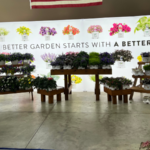



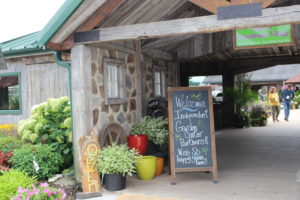
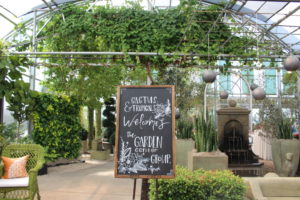
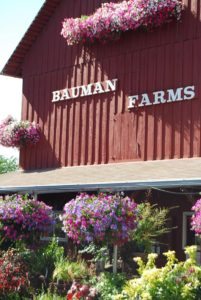
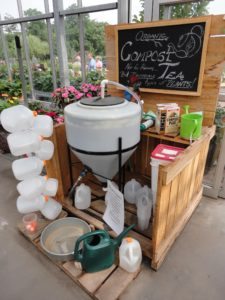
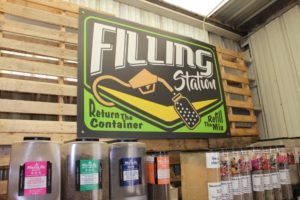
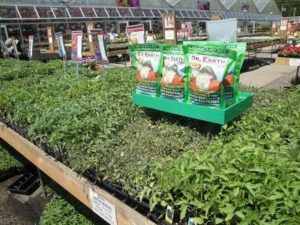

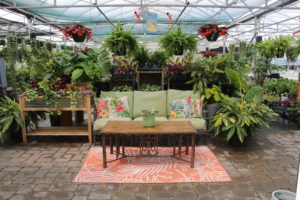
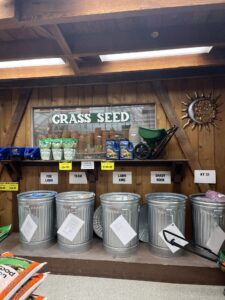
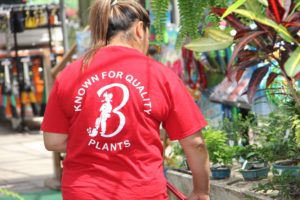
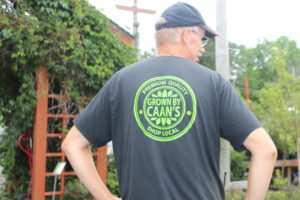
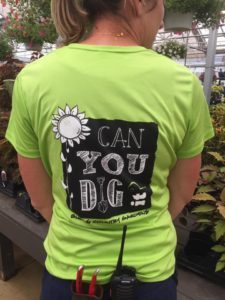
 Videos
Videos





